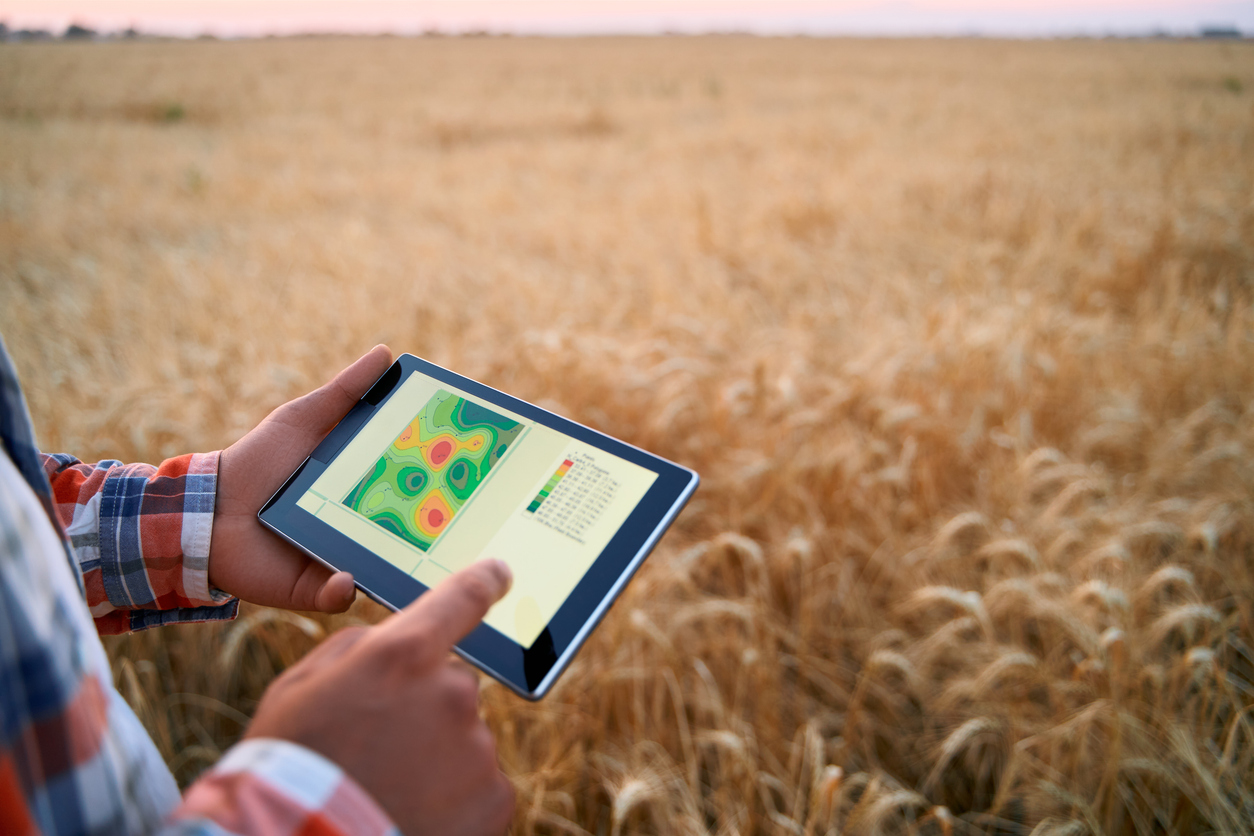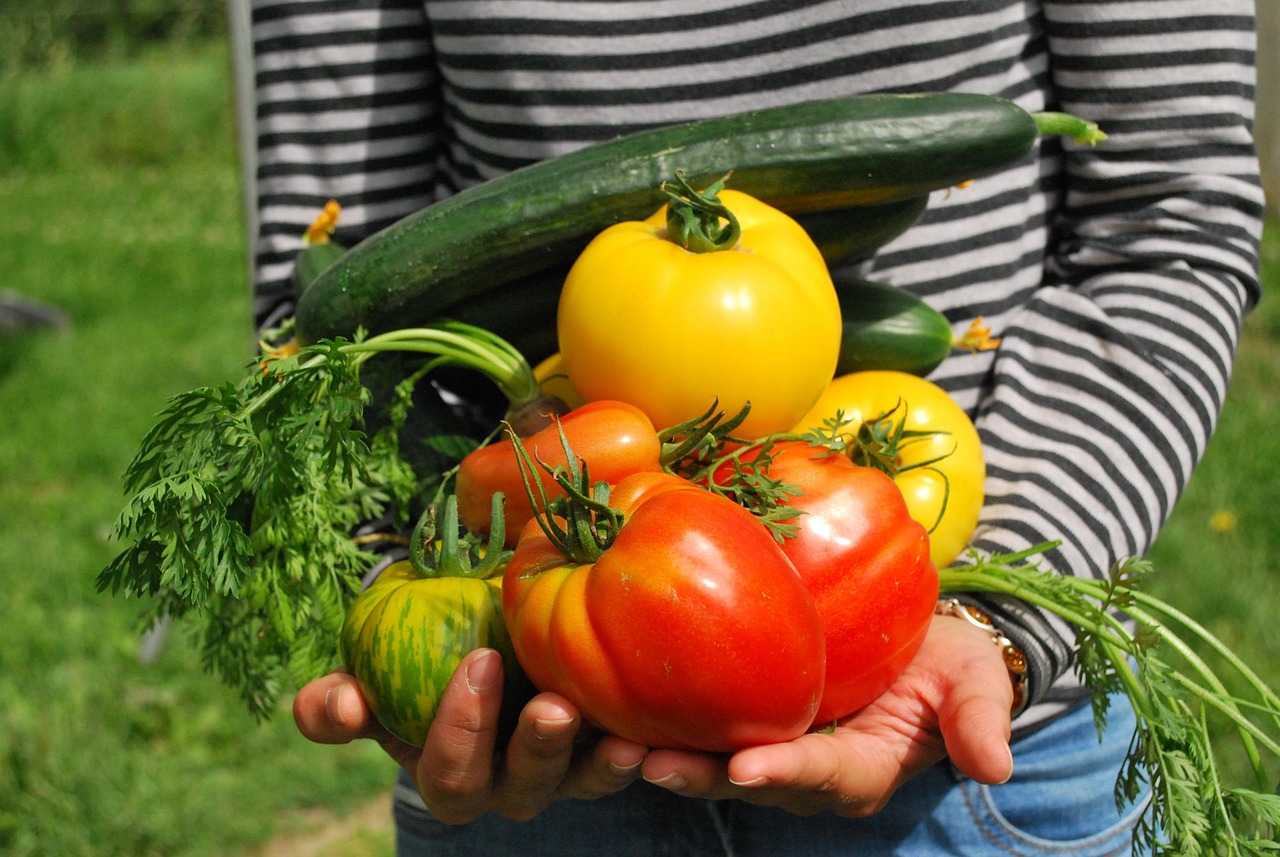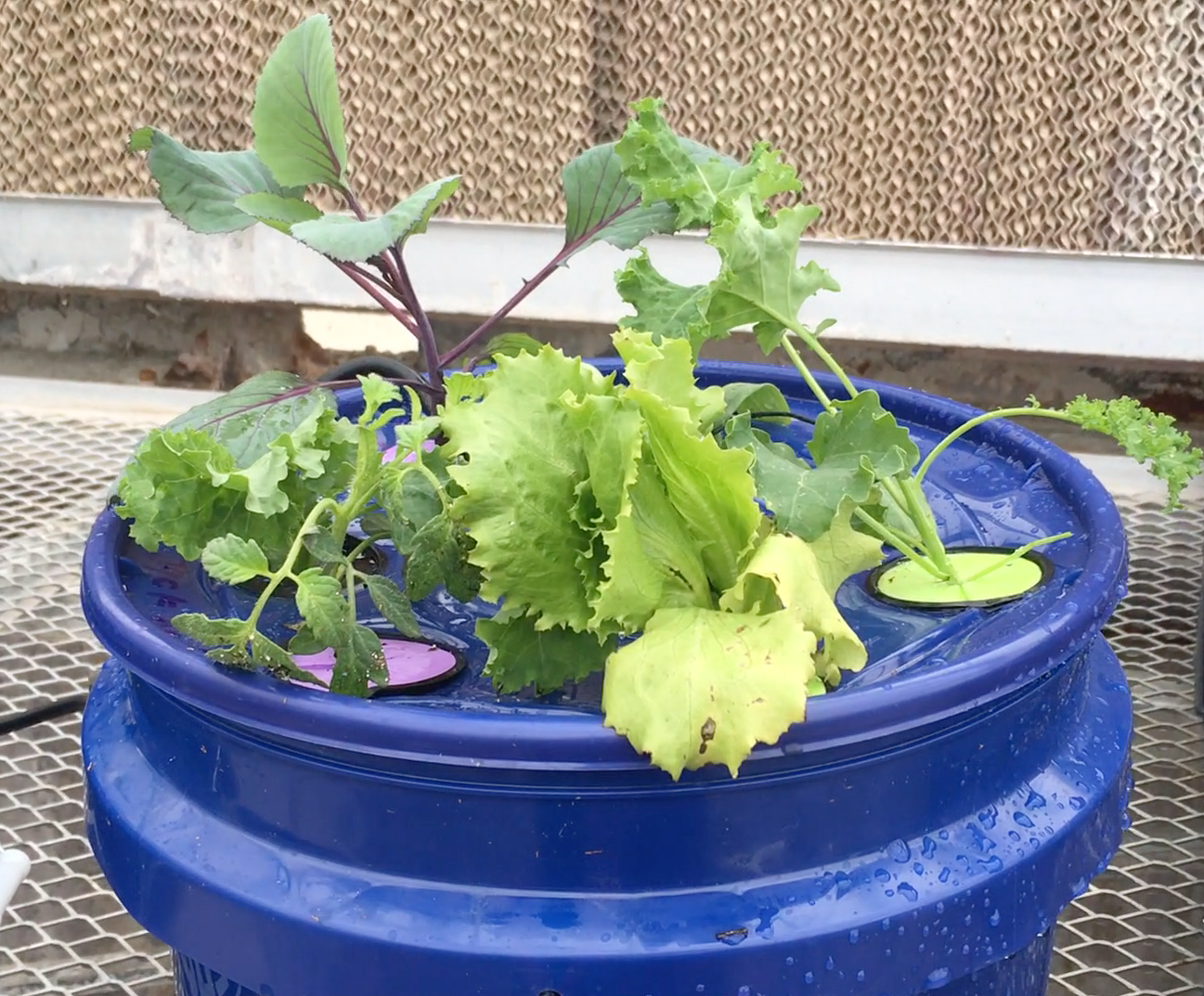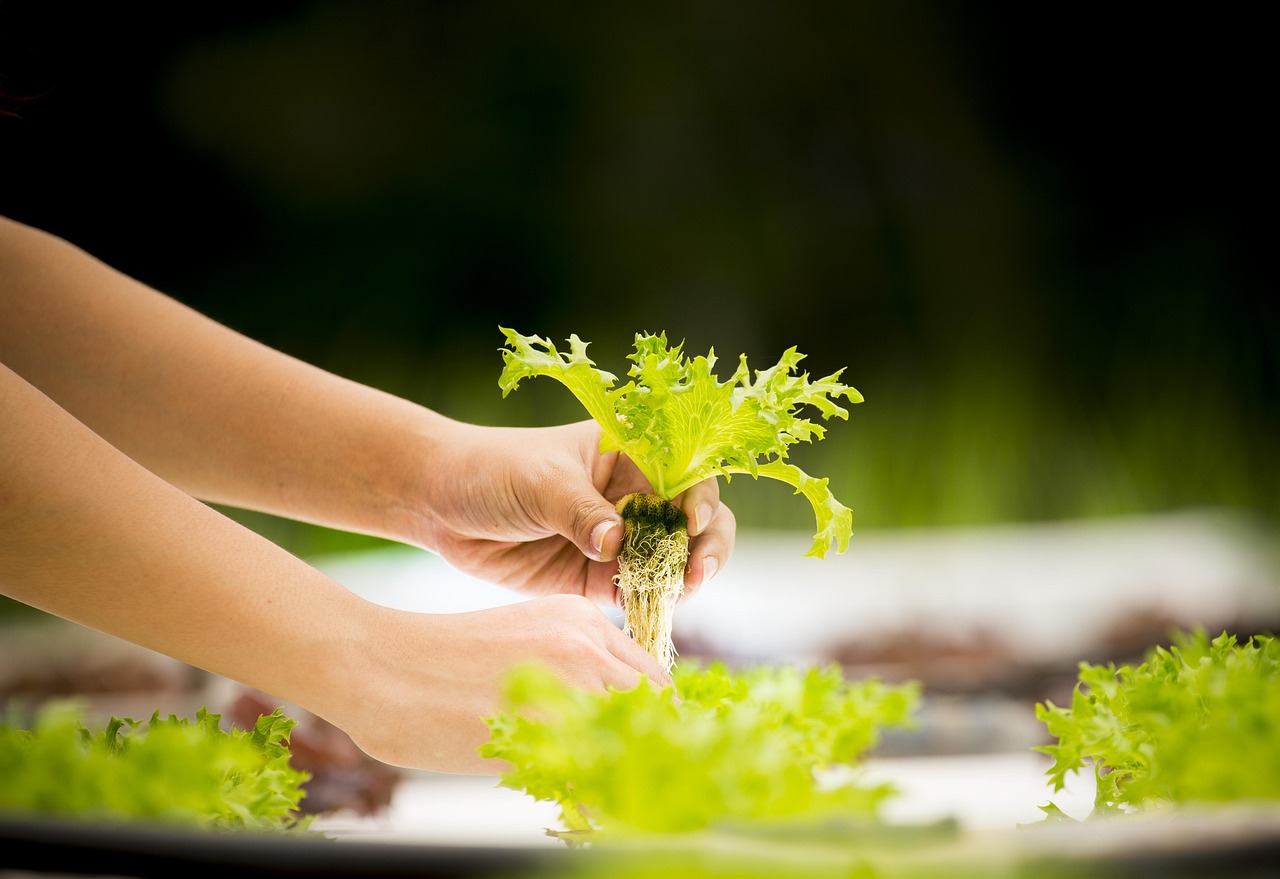
High-Tech Farming (Grades 6-8)
Students discover technologies that are used on farms to increase efficiency and yields and decrease costs and environmental impact.

Students discover technologies that are used on farms to increase efficiency and yields and decrease costs and environmental impact.
Students will use the scientific method to learn about the growth properties of algae and how algae production may be a possible solution to address the global energy crisis. Students will utilize the engineering design process to apply their knowledge about algae growth to create a bioreactor for algae production and discover if biofuel can be made from algae.

Students will learn the concept of pH, and the impact of acids and bases on plant pigments, explore the impact of acids and bases on plant cell structure, and discover the health benefits of consuming vegetables.

Students will understand water-based state changes that occur at varying temperatures, recognize the importance of the proper hand washing technique for general health and disease prevention, understand the factors that impact mold growth and their application to food safety, and explore ways to prevent foodborne illness.

Students will learn the versatility, function, and nutritional benefit of eggs in a healthy diet, identify the function and role of eggs in a recipe, identify forms of technology used on an egg farm, and understand how eggs are classified by size.

Students trace the production path of eggs, beginning on the farm and ending in their home and identify the culinary uses and nutritional benefits of eggs.
Students develop a working vocabulary regarding food, categorize foods by their sources, examine grocery ads, learn about food production, and apply what they learned by analyzing foods they eat at a particular meal.

Students will discover the five culinary functions of eggs by completing a cooking lab comparing recipes with and without eggs. Students will see how eggs leaven, bind, thicken, coat, and emulsify our foods.

Students will use the Engineering Design Process to develop and construct an aeroponic garden to grow a food crop. Students will develop and apply an understanding of plant anatomy and physiology related to plant growth and ultimately discuss the possibilities and limitations of using vertical farming to produce our food.
Students explore organic and conventional farming practices by analyzing multimedia texts to investigate the differences between conventionally and organically grown apples.
Students explore concepts of heredity in beef cattle and identify dominant and recessive traits.

After learning the five basic requirements of plant growth, students discuss terms related to hydroponics. Students then build and maintain hydroponic units from soda bottles.